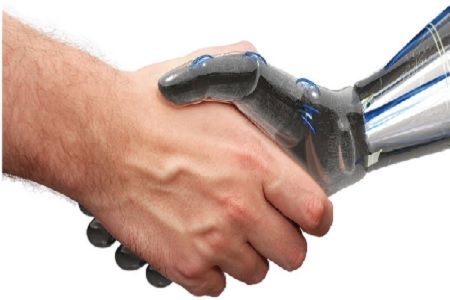Feb 5, 2016
California Government May Soon Take Advantage of Augmented Reality
Posted by Karen Hurst in category: augmented reality
Way to go CA!
Dr. Gregory Curtin, founder and CEO of Civic Resource Group, said during remarks Wednesday, Feb. 3, at the Government Transformation conference in Sacramento that augmented reality software and devices are on the market now in products like HoloLens and Magic Leap, and there are already “profound” use cases for AR in the public sector.
















